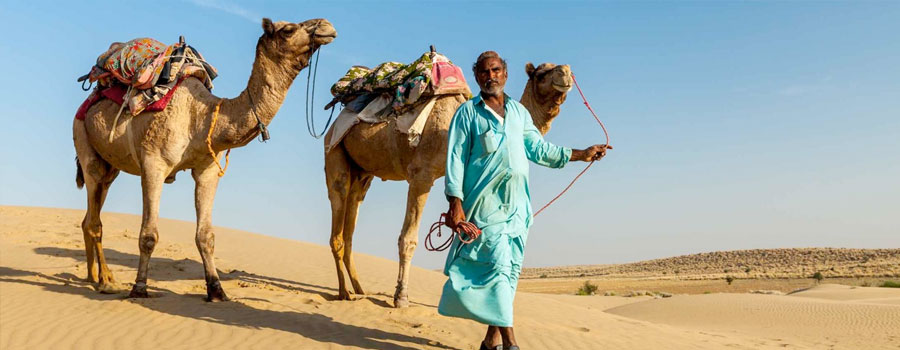
Local Transport
Buses, cycle-rickshaws, autorickshaws, taxis, boats and urban trains provide transport around India’s cities.
Costs for public transport vary from town to town.
For any transport without a fixed fare, agree on the price before you start your journey and make sure that it covers your luggage and every passenger.
Even where meters exist, drivers may refuse to use them, demanding an elevated ‘fixed’ fare. Insist on the meter; if that fails, find another vehicle. Or just bargain hard.
Fares usually increase at night (by up to 100%) and some drivers charge a few rupees extra for luggage.
Carry plenty of small bills for taxi and rickshaw fares as drivers rarely have change.
In some places, taxi/autorickshaw drivers are involved in the commission racket.
Autorickshaw, Tempo & Vikram
Similar to the tuk-tuks of Southeast Asia, the Indian autorickshaw is a three-wheeled motorised contraption with a tin or canvas roof and sides, with room for two passengers (although you’ll often see many more squeezed in) and limited luggage.
They are also referred to as autos, scooters and riks.
Autorickshaws are mostly cheaper than taxis and usually have a meter, although getting it turned on can be a challenge.
Travelling by auto is great fun but, thanks to the open windows, can be noisy and hot (or severely cold!).
Tempos and vikrams (large tempos) are outsized autorickshaws with room for more passengers, shuttling on fixed routes for a fixed fare.
In country areas, you may also see the fearsome-looking ‘three-wheeler’ – a crude tractor-like tempo with a front wheel on an articulated arm – or the Magic, a cute minivan that can take in up to a dozen passengers.
Boat
Various kinds of local boats offer transport across and down rivers in India, from big car ferries to wooden canoes and wicker coracles. Most of the larger boats carry bicycles and motorcycles for a fee.
Bus
Urban buses range from fume-belching, human-stuffed mechanical monsters that travel at breakneck speed to sanitised air-conditioned vehicles with comfortable seating and smoother ride quality. In any case, it’s usually far more convenient to opt for an autorickshaw or taxi, as they are quicker and more frequent.
Cycle-Rickshaw
A cycle-rickshaw is a pedal cycle with two rear wheels, supporting a bench seat for passengers. Most have a canopy that can be raised in wet weather or lowered to provide extra space for luggage.
Fares must be agreed upon in advance – speak to locals to get an idea of what is a fair price for the distance you intend to travel.
Kolkata is the last bastion of the hand-pulled rickshaw, known as the tana rickshaw. This is a hand-cart on two wheels pulled directly by the rickshaw-wallah.
Taxi
Most towns have taxis, and these are usually metered, however, getting drivers to use the meter can be a hassle. To avoid fare-setting shenanigans, use prepaid taxis where possible. Radio cars are the most efficient option in larger cities.
Prepaid Taxis
Most major Indian airports and train stations now incorporate prepaid-taxi and radio-cab booths. Here, you can book a taxi for a fixed price (which will include baggage) and thus avoid commission scams. Hold onto your receipt until you reach your destination, as proof of payment.
Radio cabs cost marginally more than prepaid taxis, but are air-conditioned and manned by the company's chauffeurs. Cabs have electronic, receipt-generating fare meters and are fitted with GPS units, so the company can monitor the vehicle's movement around town. These minimise chances of errant driving or unreasonable demands for extra cash by the driver afterward.
Smaller airports and stations may have prepaid autorickshaw booths instead.
Other Local Transport
In some towns, tongas (horse-drawn two-wheelers) and victorias (horse-drawn carriages) still operate. Kolkata has a tram network, and Mumbai, Delhi, Kolkata and Chennai, among other centres, have suburban trains that leave from ordinary train stations.
Manning the Meter
Getting a metered ride is only half the battle. Meters are almost always outdated, so fares are calculated using a combination of the meter reading and a complicated ‘fare adjustment card’. Predictably, this system is open to abuse. To get a rough estimate of fares in advance, try the portal www.taxiautofare.com.
Shared Jeeps
In mountain areas shared jeeps supplement the bus services, charging similar fixed fares.
Although nominally designed for five to six passengers, most shared jeeps squeeze in more. The seats beside and immediately behind the driver are more expensive than the cramped bench seats at the rear.
Jeeps only leave when full; people often bail out of a half-full jeep and pile into one with more passengers that's ready to depart. Drivers will leave immediately if you pay for all the empty seats and 'reserve' a vehicle for yourself.
Jeeps run from jeep stands and ‘passenger stations’ at the junctions of major roads; ask locals to point you in the right direction.
In some states, jeeps are known as ‘sumos’ after the Tata Sumo, a popular vehicle.
Travel sickness, particularly on winding mountain roads, may mean you are asked to give up your window seat to queasy fellow passengers.